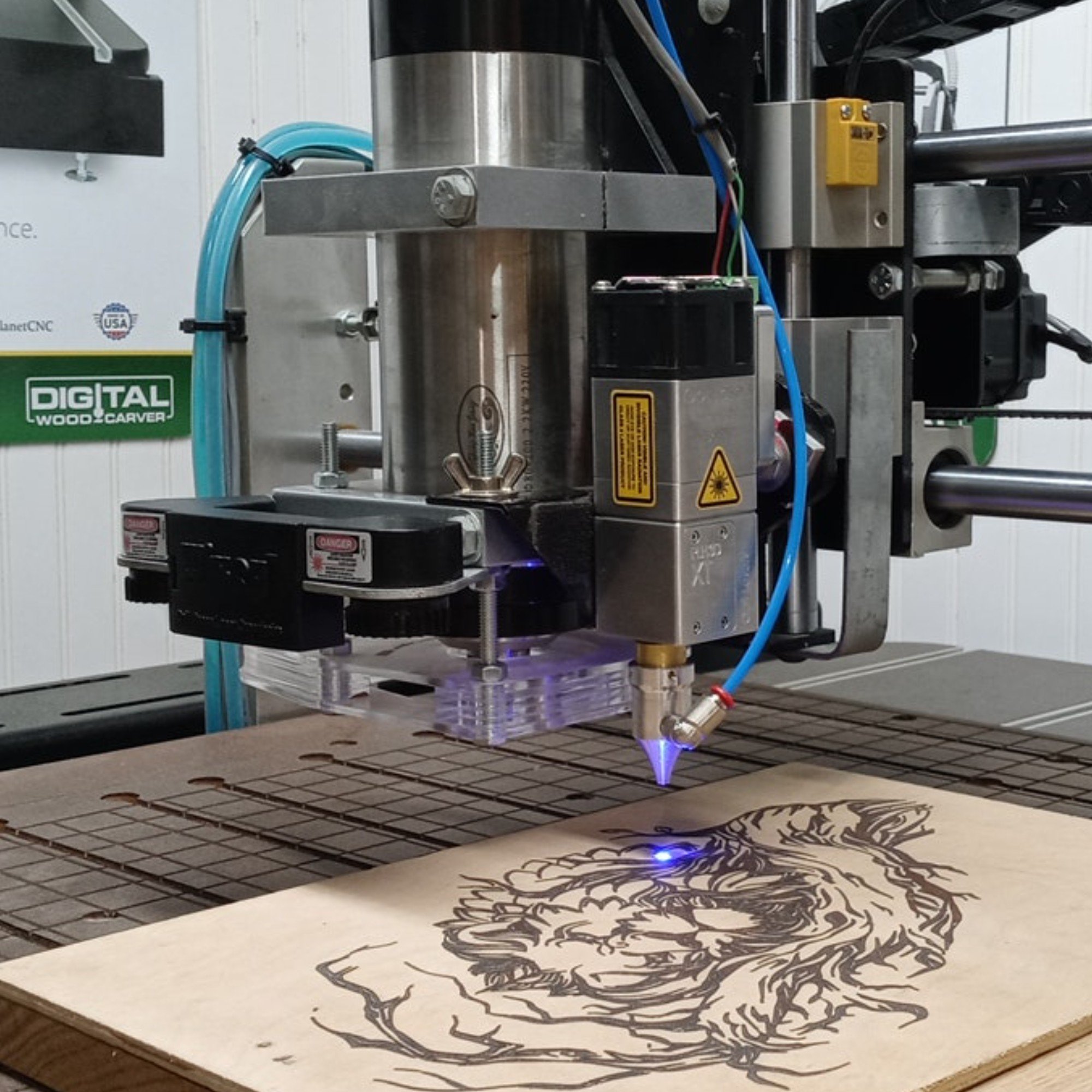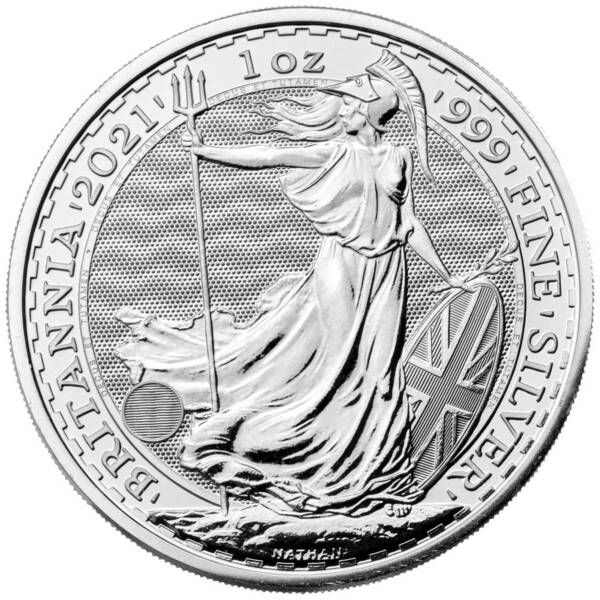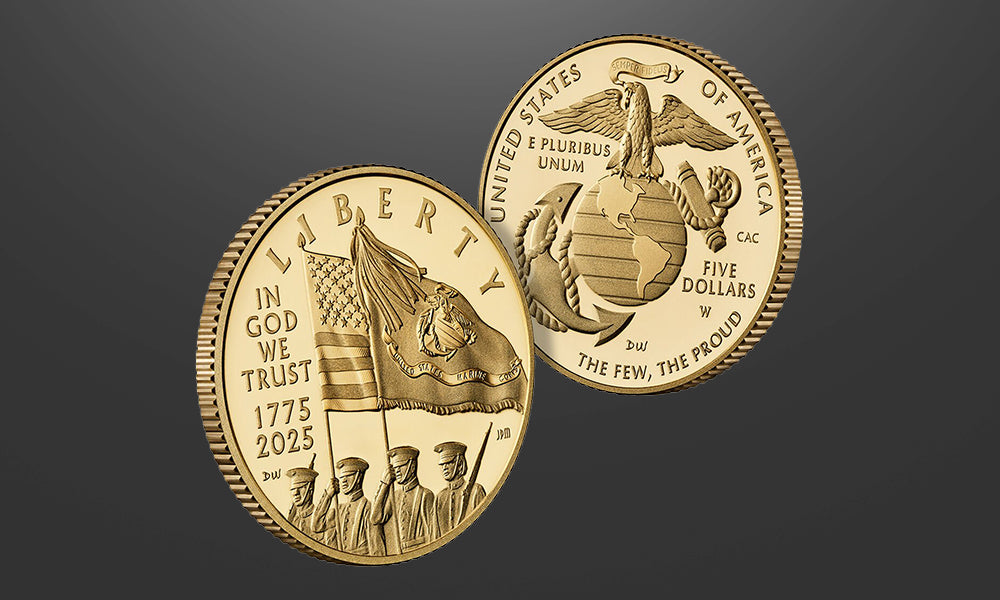Key Points
- Thanks to laser engraving technology, coins can now feature intricate designs that were previously impossible to create using traditional methods.
- Advanced picosecond lasers increase security by producing complex designs that are hard to forge.
- Modern laser technology significantly speeds up the production process, allowing coins to be minted faster.
- The Royal Mint and Swissmint are leading the way in adopting laser engraving, setting new benchmarks in coin design.
- Future trends include the integration of augmented reality and advanced software to further increase the complexity of coin designs.
Table of Contents
The Role of Laser Engraving in Modern Coin Design
Imagine holding a coin that shines with a metallic glow and tells a story through its intricate design. This is the beauty of modern coin design, made possible by the state-of-the-art technology of laser engraving. As a coin collector, I am amazed by how technology has revolutionized the art of coin minting, turning each coin into a work of art.
Transforming the Coin-Making Process
There’s no doubt that laser engraving has completely transformed the process of coin production. In the past, engraving was a manual process, and it was both time-consuming and limited in the level of detail it could achieve. Now, with lasers, it’s possible to achieve precision at the submicron level. This has opened up a whole new world of possibilities for designers, who can now incorporate complex patterns and textures that were previously unthinkable.
A great example of this is the Royal Mint’s use of picosecond lasers. These lasers send out optical pulses that are incredibly short, allowing for the creation of designs that are extremely detailed. The end result? Coins with backgrounds that seem to move when they are turned, adding a dynamic element to their visual appeal.
Advantages of Laser Technology Compared to Conventional Techniques
There are many advantages to using laser technology in coin design. The most important of these is the incredible accuracy. Lasers can engrave designs that are 200 times thinner than a strand of human hair. This level of detail not only improves the aesthetic quality of coins, but it also makes them more resistant to counterfeiting.
On top of everything else, laser engraving has drastically reduced the time it takes to produce a coin. In the old days, making a new coin die could take several weeks. But with lasers, it can be done in a fraction of the time. This makes it easier for mints to meet market demand and produce special edition coins.

“Swissmint Building – Wikidata” from www.wikidata.org and used with no modifications.
The Progression of Coin Engraving Technology Through Time
Understanding the progress in coin design requires a glimpse into its past. The art of coin engraving has seen a substantial transformation throughout the ages, transitioning from manually etched patterns to the automated procedures of the industrial revolution.
Coins were once created by craftsmen who would painstakingly engrave designs onto metal by hand. This process was not only time-consuming but also limited in the complexity of designs that could be created. However, as technology advanced, so did the methods used to produce coins.
- Hand Engraving: The original technique, where craftsmen used tools to etch designs directly onto coins.
- Mechanical Engraving: A method that came into use during the industrial revolution, enabling more consistent and detailed designs.
- Laser Engraving: The contemporary method that provides unmatched accuracy and productivity.
From Time-Honored Methods to Modern Advances
The advent of mechanical engraving meant that coins could be made more rapidly and with more detail. This was a major advancement, but it was the advent of laser technology that really revolutionized the field. By enabling designs that are both complex and secure, lasers have established a new benchmark in coin design.
How the Old Ways Prepared the Path for Laser Improvements
- Hand engraving, the traditional method, set the stage for artistic creativity in coin design.
- Mechanical techniques boosted the speed of production and the consistency of design.
- These techniques underlined the need for even more precision and efficiency, thus preparing the path for laser technology.
Basically, each stage in the evolution of coin design has built on the previous one, bringing us to the advanced laser techniques we see today. This progression demonstrates the relentless quest for perfection in the art of coin minting.

“Laser Engraver …” from www.digitalwoodcarver.com and used with no modifications.
Benefits of Using Laser Engraving for Coin Design
The deeper we explore the realm of laser engraving, the more the benefits become clear. From unparalleled accuracy to improved security features, laser technology has transformed how coins are designed and made.
Unparalleled Accuracy and Detail
The precision offered by laser engraving technology is nothing short of extraordinary. By allowing designs to be engraved at a submicron level, this technology enables details that are practically impossible to reproduce manually or with conventional mechanical methods. The intricate patterns, fine lines, and delicate textures that can be achieved through laser engraving enhance the aesthetic appeal of coins, transforming each one into a masterpiece.
Take, for example, the micro-engraved text and latent images that can now be added to coins. These details, often so small they can’t be seen without magnification, not only add to the beauty of the coin but also serve as an effective way to prevent counterfeiting, providing a level of security that wasn’t possible before.
Production Speed and Efficiency
In addition to precision, laser engraving greatly increases production efficiency. Traditional die production methods could take days or even weeks to complete. However, the timeline is significantly reduced with laser technology, allowing mints to produce high-quality dies in just a few hours. This increased speed does not compromise quality. Instead, it ensures that each coin meets the highest craftsmanship standards.
Greater efficiency means mints can be more flexible, responding quickly to market demands and producing special occasion or limited edition coins without delay. The ability to quickly adapt and innovate is a critical advantage in today’s fast-paced world.
Boosted Security Measures to Fight Against Counterfeiting
One of the most persuasive advantages of laser engraving in coin design is its part in boosting security. Counterfeiting is a constant danger, and mints across the globe are always on the lookout for innovative methods to protect their products. Laser technology provides a sturdy solution, as it can create intricate designs that are extremely hard to copy.
- Microtext and hidden images that can only be seen under a microscope.
- Interactive backgrounds that seem to move or transform as the coin is turned.
- Distinctive surface patterns that are difficult to forge.
These characteristics not only discourage forgers, but also give collectors the confidence that their coins are authentic and safe. As a result, laser technology is not just about making attractive coins; it’s about preserving the trustworthiness of the currency itself.

Trailblazing Instances of Laser-Engraved Coins
To truly grasp the influence of laser engraving on coin design, we must examine some trailblazing instances. Mints worldwide have adopted this technology, producing coins that are both visually appealing and secure. For example, understanding the hidden value in solidus coins can offer insights into how laser engraving enhances their appeal. Let’s delve into some remarkable examples where laser engraving has left its imprint.
The Royal Mint’s Technological Innovations
The Royal Mint has been leading the way in the adoption of laser engraving technology. Their use of picosecond lasers has raised the bar in the industry. One of their most notable creations is the Britannia coin, which boasts a unique wave-pattern background. This design not only enhances the coin’s visual appeal but also serves as a deterrent to counterfeiters.
By using such advanced technology, the Royal Mint shows a commitment to innovation and excellence. Their coins are not just currency; they are symbols of artistry and security, admired by collectors and enthusiasts worldwide.
Joint Ventures of Swissmint
Swissmint has been making notable progress in the field of laser-engraved coin design. They have partnered with GF Machining Solutions to produce coins that demonstrate what laser technology is capable of. They have even created a demo coin that exhibits highly intricate surface effects, made possible through accurate laser engraving. For those interested in the broader context of coin collecting, you can explore how solidus coins unlock hidden value.
The partnership between Swissmint and GF Machining Solutions underscores the significance of collaboration in advancing the limits of coin design. The coins they’ve produced are not only aesthetically pleasing but also technologically sophisticated.
Worldwide Influence on the Coin Design Sector
The integration of laser engraving technology has dramatically changed the worldwide coin design sector. Mints across the globe can now create coins that are more intricate, safe, and economical to manufacture. This technology has established a new standard for excellence and creativity, motivating mints to persistently enhance and adjust.
As more and more mints are beginning to incorporate laser engraving, we can expect to see even more incredible designs and features in the future. It’s clear that laser technology is not just a trend, but the future of coin design.
Upcoming Innovations in Coin Design Technology
As we look forward, the future of coin design is promising, with new technologies ready to continue to transform the field. One thrilling trend is the incorporation of augmented reality, which could bring a new layer to coin collecting. Picture using a smartphone app to animate a coin’s design, offering an engaging experience for collectors.
Furthermore, software upgrades are improving the complexity of coin designs. Tools such as CarveCo are allowing designers to easily create three-dimensional digital models, expanding the limits of what can be achieved. As technology continues to progress, we can anticipate seeing even more creative and detailed coin designs.
The Promise of New Laser Technologies
There is a lot of promise in new laser technologies when it comes to coin design. As these laser systems become more sophisticated, they can offer even more precision and speed. This allows for the creation of coins with highly detailed designs that are not only beautiful to look at, but also secure. Picture a coin with a holographic effect, where the design seems to shift as you move it in the light. These types of advancements are possible as laser technology continues to advance.
Furthermore, the advent of ultrafast lasers like femtosecond lasers has the potential to transform the coin minting process. These lasers work at even quicker timescales than picosecond lasers, enabling more intricate and complicated engravings. As these technologies become more widely available, mints all around the world will be able to create coins with never-before-seen levels of detail and security.
How Software Elevates the Intricacy of Coin Designs
Software is instrumental in raising the bar for the intricacy of coin designs. CarveCo and similar programs empower designers to craft detailed three-dimensional digital models that can be turned into physical coins. These software solutions make it possible to create complex patterns and textures that were once out of reach.
Moreover, the evolution of computer-aided design (CAD) software has simplified the process for designers to play around with new concepts and make changes swiftly. This adaptability promotes inventiveness and originality, resulting in a wider range of engaging coin designs. As software continues to advance, we anticipate seeing even more intricate and detailed coins in the future.
Combining Augmented Reality and Other Elements
One of the most thrilling future trends in coin design is the combination of augmented reality (AR). Using a smartphone app, collectors could animate their coins, experiencing an interactive story or animation that supplements the coin’s design. This technology would add a new dimension to coin collecting, making it more engaging and immersive.
Aside from AR, other characteristics like embedded NFC chips could add more information and security layers. These chips could hold data about the coin’s history, origin, and authenticity, which can be accessed by simply tapping a smartphone. These advancements would not only improve the collecting experience, but they would also offer valuable tools for confirming a coin’s authenticity.

“Discover the Best 2025 US Mint Coins …” from shopglobalcoin.com and used with no modifications.
Final Thoughts: Welcoming the Future of Coin Design
With the continuous advancements in laser technology, software, and other emerging innovations, the future of coin design is looking promising. As we welcome these changes, we are entering a new age of coin collecting where each coin is a mix of art, technology, and history. For coin enthusiasts, this is an exhilarating time, filled with limitless possibilities and opportunities to discover. By staying up-to-date and welcoming new technologies, we can ensure that the hobby of coin collecting stays alive and significant for future generations.
Commonly Asked Questions
There are often a lot of questions about how technology affects coin design. For instance, advancements in laser engraving technology have played a significant role in modernizing the minting process. Here are a few of the most common ones:
How does laser engraving increase the security of coins?
Laser engraving increases the security of coins by allowing for complex designs that are hard to duplicate. These designs can include intricate patterns and details, as seen in high-tech laser-engraved coins from the Royal Mint.
- Microtext that can only be read with a magnifying glass.
- Dynamic backgrounds that look different when viewed from different angles.
- Unique textures that are difficult to forge.
These features make it much more difficult for counterfeiters to make convincing fake coins, which helps protect the integrity of the currency.
What are some examples of the best laser engraved coins currently available?
Examples of some of the best laser engraved coins include the Britannia coin from the Royal Mint, which has a dynamic wave-pattern background, and the demo coins from Swissmint in collaboration with GF Machining Solutions, which display complex surface effects. These coins show what laser technology can do in terms of creating designs that are both visually impressive and secure.
How can advancements in technology revolutionize the way we design coins?
Technological advancements like ultrafast lasers and augmented reality have the potential to completely transform the way we design coins. Ultrafast lasers can create even more intricate and detailed engravings, while augmented reality can offer interactive experiences for coin collectors. Furthermore, incorporating digital features such as NFC chips can increase security and provide more information about each coin. For those interested in protecting their collection, using airtight holders can help preserve gold coins forever.
As these advancements continue to evolve, the potential for coin design is practically endless, promising a thrilling future for both mints and collectors.


